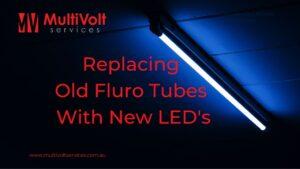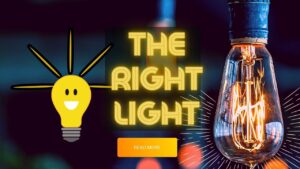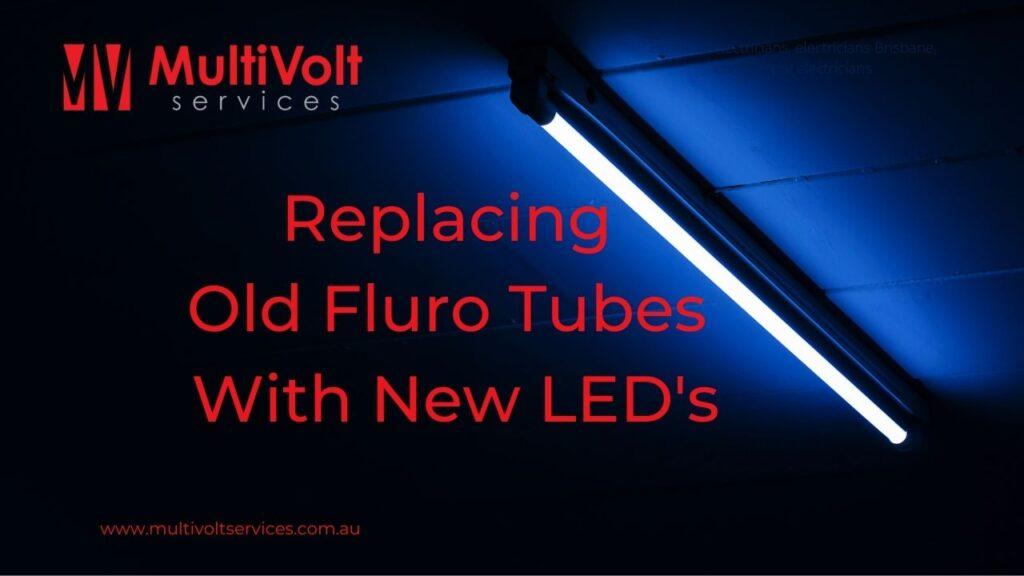Retrofit LED Lights
When you think of fluorescent tubes, do you think dingy offices, or the old flickering light in the garage that gave you the creeps as a kid.
Tube lights may have a bad reputation, but they are now back in use with modern interior design. They have evolved from the flickering tubes and ugly battens. LED technology has bought them firmly into the modern age and you can Replace Fluro Tubes with LED Tubes
How long do they last?
Under normal conditions, both types of tubes last a very long time. Fluorescent tubes should last over 24,000 hours. That’s around three years.
LED tubes do surpass that, with tube lamps expected to last at least 40,000 hours. Of course, they are often used for many hours a day, but you can still expect many years from them.
Some brands are so confident of their lamps that they offer a standard 10-year warranty. However, LED lights are likely to last up to twenty years with average use.

How energy efficient are LED’s?
Fluorescent tubes were the most energy-efficient models of their time. They use one-third to one-fifth of the electricity of the older style incandescent light bulbs that we all grew up with.
They also lasted around ten times longer. However, they cannot compete with the modern LED lamps.
LED and incandescent light bulbs have a wattage. It indicates how much electricity is needed to produce a certain brightness.
Tube lamps are generally very bright and therefore consume more energy. However, a bright LED tube bulb consumes 18 watts and emits 1720 lumens. That is more than a conventional 40 W fluorescent tube!
Replace your fluorescent tubes with LED lights, and your energy costs will drop by more than 50%. And that’s without any decrease in brightness. In addition, they are much more energy-efficient.
How easy are they to install?
Changing from a conventional fluorescent tube to an LED luminaire is very easy.
Follow these steps to install the LED fluorescent tube in a luminaire with a traditional ballast:
Magnetic ballast fittings – with starters. These are the most common fitting type. Simply replace the tube and starter (supplied), and you’re done! Magnetic ballast fittings are identifiable by the fact they have starters present.
Electronic ballast fittings – no starters. Unlike the the magnetic ballasts, these fittings do not have a starter. These units will require an electrician to ‘wire out’ the existing ballast.
We are always available to come and give you a quote on what option you should go with. Is retro fitting going to be cost effective or would a complete lighting overhaul be better suited?

What about the quality of the light?
The light from old style fluorescent tubes is not always pleasant. Many people find it cold, glaring and depressing. There is a scientific reason for this.
We work best in light that is similar to the sun. This is because the light that the sun produces is full light spectrum. That is, it contains all the colours of the spectrum.
Fluorescent lamps produce a much more limited spectrum. It consists mainly of reds, greens and blues. We instinctively recognise this as artificial. In addition, fluorescent light flickers. Although most people don’t notice this, it can cause headaches and other problems for some people.
LED lights, on the other hand, do not flicker. Instead, they produce a light that is more similar to the sun’s light. They are also available in warm and cool white, depending on what you prefer. Cool light is best for office environments where clear visibility is paramount.
How easy are they to recycle?
LED lights are much easier to recycle than their fluorescent counterparts.
Fluorescent tubes contain many hazardous substances. These include potentially toxic chemicals such as mercury. In addition, they are very brittle and fragile, and if they break, you can’t recycle them.
Because of the toxic substances have to be disposed of by a special hazardous waste disposal company.
LED light tubes to last much longer, so you have to buy fewer of them and recycle them less often. When they stop working, they can be recycled at municipal facilities. Specialist lighting recycling services can even collect them for recycling.
LED lights also contain fewer hazardous chemicals. In addition, the aluminium parts can be easily recycled, and the electronic components can also be reused.
LED luminaires are made of solid plastic rather than glass. This is much less likely to break and is therefore much safer. Moreover, you can recycle plastic.
Where can I use tube lights at home?
Tube lights are very practical when you need task lighting. However, different areas in our home have other functions, and the kind of light they produce is ideal when you are working.
Consider tube lights when choosing lights for your garage and kitchen.
They provide an all-encompassing light that is difficult to achieve with other types of lighting.
In kitchens and showrooms they are also perfect for under-cabinet lighting.
For outdoor lighting you can find weatherproof battens. See our article about outdoor and pool lighting.
Switching from fluorescent tubes to LED lights is easy at home. They also offer more interior design options because they are dimmable and do not emit UV radiation.
Are You Ready For A Lighting Upgrade?
LED vs. fluorescent tubes – the winner is clear – LEDs. They last much longer, use less energy and cost you less money. In addition, they are more environmentally friendly as they are much easier to recycle.
Do you have a commercial or industrial workplace that still has fluro lighting? Is it finally time to change over to LED’s
This article first appeared on https://multivoltservices.com.au



